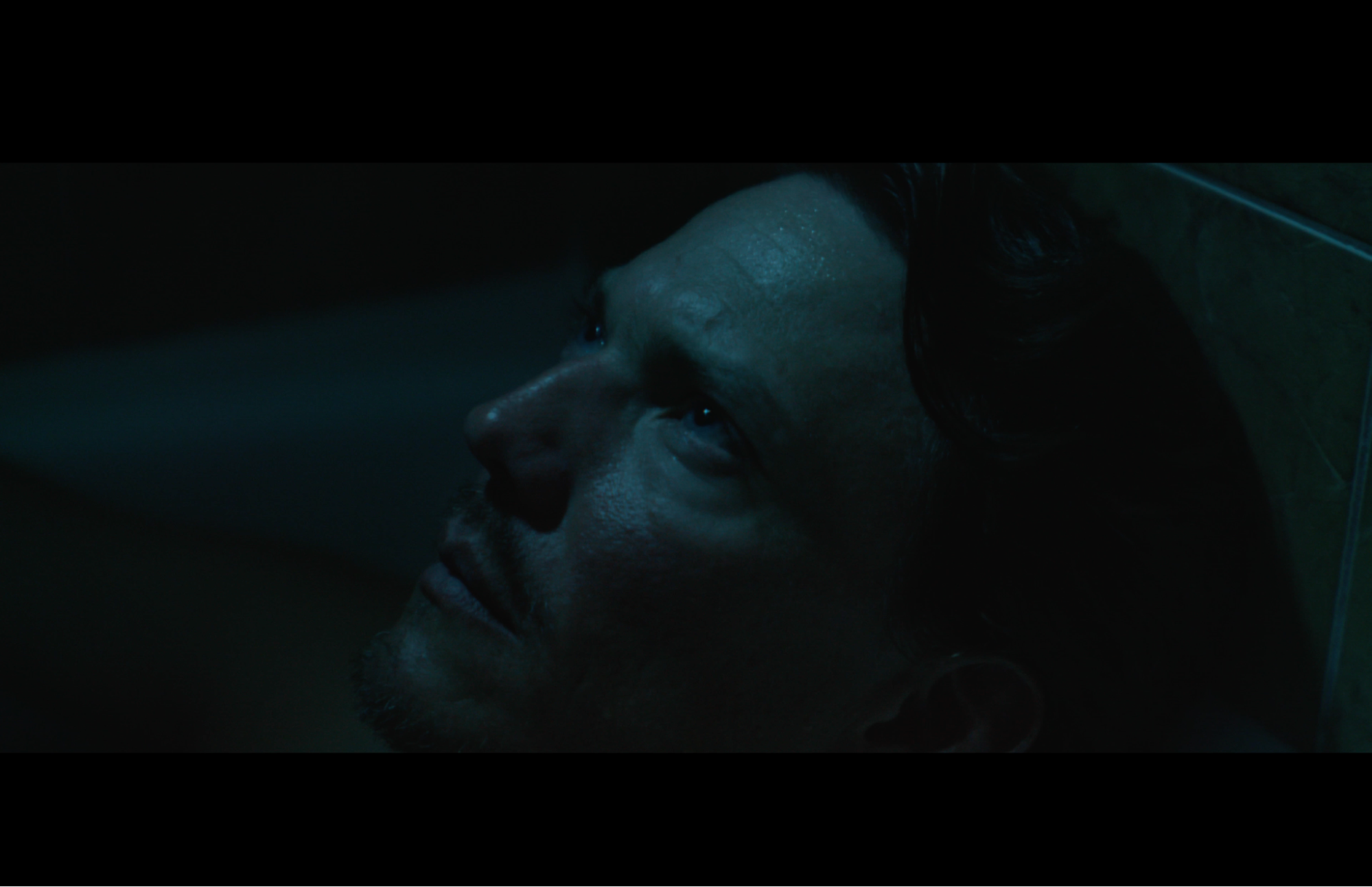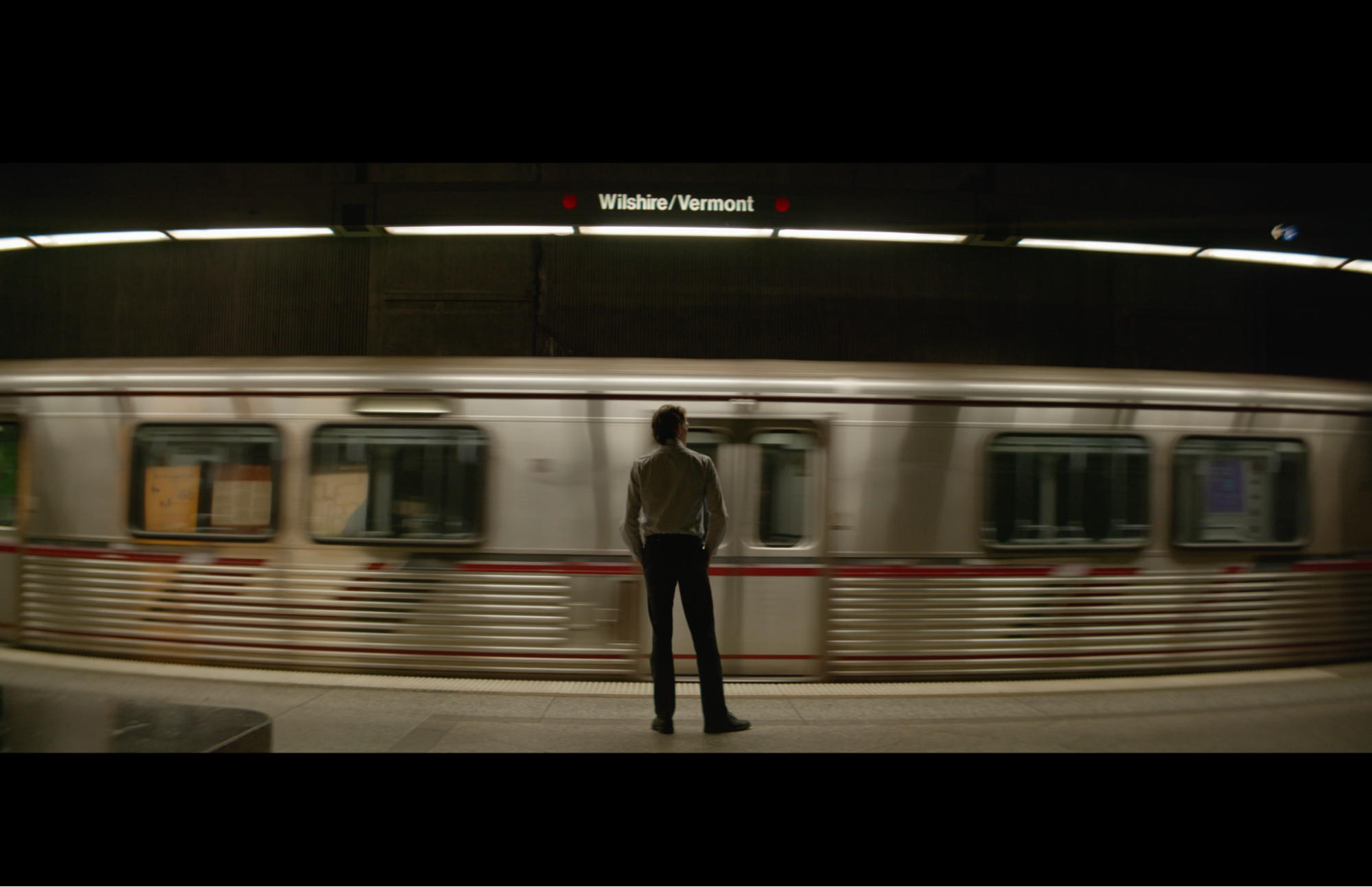Entryways are exposed to dirt, moisture, and heavy foot traffic daily. Protecting these spaces requires thoughtful choices in floor coverings. Carpeted mats offer a practical solution, promoting cleaner interiors and reducing maintenance needs. Selecting the right matting makes a notable difference in both appearance and function.
Importance of Entryway Protection
An entryway is an area that acts as the first line of defense against the outside world. If left unchecked, dirt, dust, and water can get in. These mats reduce airborne particles that would otherwise find their way onto floors, making them both dirtier and less safe. Minimized tracked-in debris can also lengthen the life of your interiors and save money in the long run. You should evaluate exactly how carpeted mats add a professional look while extending the life of flooring surfaces.
Benefits of Carpeted Mats
Mats with carpet are better at absorbing moisture and catching dirt. These mats have fibres in them that trap bad things that come from shoes, unlike a bare floor. This feature eliminates the ground for slip-and-fall situations and keeps the entrance looking clean. The added cushion that runners provide also translates to the feel of the entry, and many people enjoy having that subtle lift underfoot.
Features to Consider
There are numerous components to consider when choosing your mat. Effectiveness is determined by size, backing material, thickness, and design. Bigger mats cover more ground and can catch dirt more quickly. The anti-skid backings enable the mats to stay in place, preventing them from sliding on the surface during use. A heavier mat will retain more moisture and dirt and is best suited for areas with the highest foot traffic.
Material Matters
Carpeted mats are made from a variety of materials. Here, we look at their characteristics. Nylon mats: Long-lasting and simple to clean. Versions made from polyester are resistant to stains and fade less easily, making them suitable for everyday use. The polypropylene choices dry quickly and resist mold and mildew, making them ideal for wetter climates. To make things last and work well, you must use the right material.
Design and Aesthetic Appeal
Creating the right first impression, especially at entry points, is important. Various colors, patterns, and textures are available for carpeted mats. A carefully chosen design can blend seamlessly into an existing décor, enhancing its welcoming nature. Others have raised patterns that scrape dirt out of shoes but have a little more visual interest.
Cleaning and Maintenance
Cleaning regularly is the best way to maintain these mats in excellent condition. Carpeted mats can be vacuumed most easily, which involves removing dirt from the fibers. Regular washing with a soft detergent restores their appearance and functionality to their original state. Allowing the mat to dry completely prevents mold and bad odors. Regular maintenance ensures the longevity of these essential items.
Safety Considerations
Safety remains the primary concern in entryway design. Slippery or unclean flooring can result in slips and falls. Mats made from carpet provide traction, which minimizes the risk of accidents. Mats with sloped edges reduce the risk of tripping and give a more seamless transition from one surface to another. Additionally, be vigilant for signs that a mat has deteriorated and requires replacement.
Environmental Concerns
For many households and businesses, sustainable choices have become a crucial consideration. Certain mats with carpeting utilize nimble materials or environmentally friendly production techniques. These alternatives help reduce waste and conserve resources. It is possible to perform well and stay in tune with the broader sustainability agenda by selecting eco-friendly products.
Placement Tips
Carpeted mats have the greatest impact when placed correctly. Most dirt comes in on your shoes; a large mat is a great way to catch it before it enters your home. A second mat just inside the door acts as a bit of a wet-weather buffer, flipping between the tiled porch and the carpeted interior. The higher the likelihood of trapping dirt or moisture, the better. Having mats over the main walking path is crucial.
Cost and Value
They are quite an investment initially, but you will save a lot in the long run. Durable mats need to be replaced less often, removing slush from shoes that would otherwise add to cleaning costs on interior floors. Taking into account the purchase price and the subsequent savings is the way to make the best decision. Investing more money in the beginning can save you both hassle and money in the long run.
Choosing the Right Supplier
Selecting a reputable mat supplier ensures the quality of your products. Pick providers with good reviews who can clearly explain what’s best for their clients. Others have the option of a custom-made product, allowing for a special size or design. A reliable service and comprehensive warranty also ensure peace of mind with your purchase.
Conclusion
It all begins with the proper carpeted mat at your entryways to keep your interior safe. They do a fantastic job of trapping dirt inside the mat, controlling moisture, and enhancing safety, making them a must-have at any entryway. A strategic choice of size, texture, and placement yields a better outcome. That kind of consistent care will allow mats to continue performing as intended, not only keeping the inside of a facility cleaner but also making the entranceways safer for every individual who crosses a threshold.














